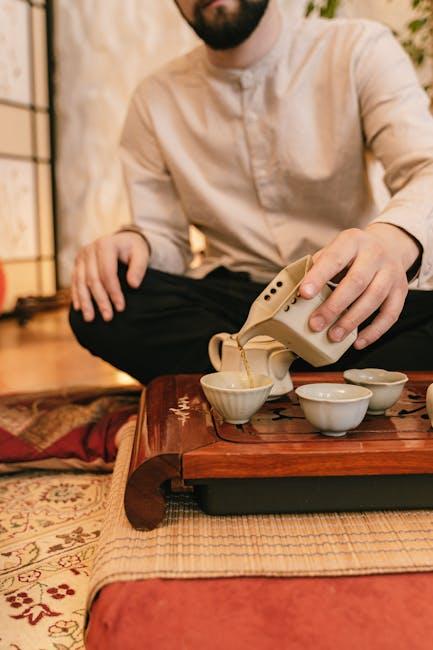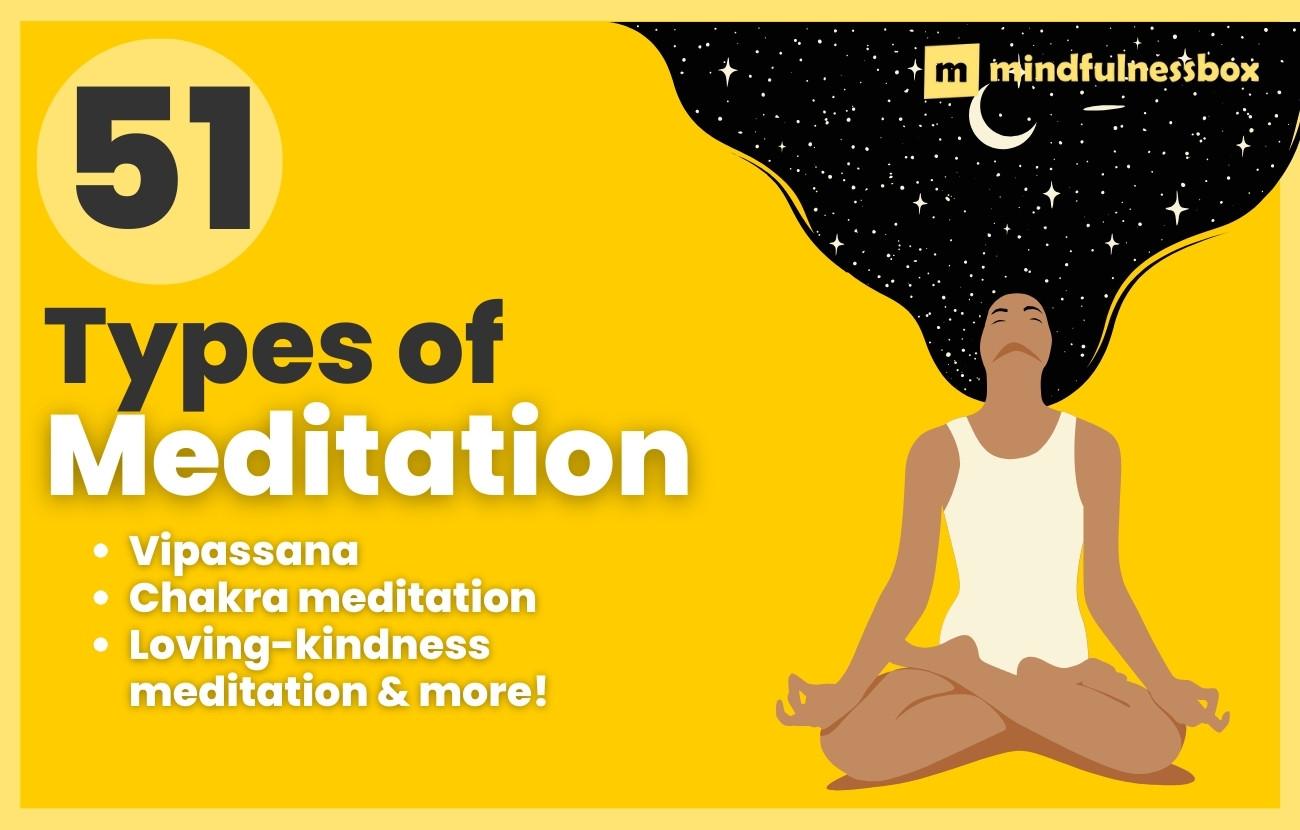In the tranquil corners of the world, where the mind seeks refuge from the relentless pace of modern life, meditation has long served as a sanctuary for the soul. Yet, as this ancient practice finds its place in contemporary society, a subtle dissonance begins to echo through its teachings. Are the serene depths of meditation being lost in translation, reshaped by modern interpreters into something unrecognizable from its origins? This question reverberates through yoga studios and mindfulness workshops, challenging both practitioners and teachers to examine the fidelity of their understanding. In this exploration, we delve into the essence of meditation, tracing its journey from sacred texts to smartphone apps, and consider whether its profound simplicity is being overshadowed by the complexities of modern interpretation. Join us as we unravel the tapestry of meditation’s evolution, seeking clarity amid the cacophony of today’s teachings.
Unveiling the Essence of Traditional Meditation Practices
In the world of meditation, ancient practices carry with them a deep reservoir of wisdom, developed over centuries to foster spiritual growth and inner peace. These practices often involve a delicate balance of breath control, mindfulness, and focused attention, all of which are integral to achieving a state of deep meditation. However, as these traditional methods make their way into the modern mainstream, there is a growing concern that their essence may be diluted or misinterpreted by contemporary instructors.
- Mindfulness: Originally a practice deeply rooted in Buddhist traditions, mindfulness today is sometimes reduced to a mere relaxation technique, overshadowing its profound spiritual roots.
- Breath Control: Known as ‘pranayama’ in traditional contexts, this practice is often simplified, missing the intricate connection between breath, energy, and the mind.
- Focused Attention: The art of concentration, crucial in many traditional forms, is sometimes overlooked in favor of a more general approach to meditation that lacks specific focus.
These aspects of traditional meditation are more than just techniques; they are gateways to understanding oneself and the universe. To truly honor these practices, modern teachers must strive to preserve their original intent, ensuring that the spiritual depth is not lost in translation.

Modern Misinterpretations: Where Contemporary Teachings Diverge
In the quest to adapt ancient meditation practices to the fast-paced lifestyle of the modern world, certain teachings have experienced a significant transformation, often deviating from their original essence. Traditional meditation practices, rooted deeply in spiritual and philosophical frameworks, emphasize the journey of inner exploration and self-awareness. However, contemporary interpretations sometimes present these practices through a more commercial lens, focusing on immediate stress relief or productivity enhancement. This shift in emphasis can lead to a diluted understanding of meditation’s profound benefits.
Modern teachers often introduce practices with an emphasis on quick results, catering to an audience seeking rapid improvements in mental health and performance. While this approach may increase accessibility, it can inadvertently sideline the deeper, transformative aspects of meditation. Consider the following points where contemporary teachings might diverge from traditional practices:
- Focus on Outcome: Traditional practices prioritize the process over results, while modern teachings may stress tangible outcomes like stress reduction.
- Commercialization: Meditation is sometimes marketed as a product rather than a holistic journey, potentially reducing its spiritual significance.
- Instant Gratification: The emphasis on quick fixes may overshadow the patience and persistence inherent in traditional practices.
Understanding these divergences is crucial for practitioners who wish to delve deeper into meditation’s original teachings while navigating the myriad of modern interpretations.

Bridging the Gap: Aligning Modern Techniques with Ancient Wisdom
In the quest to make meditation more accessible, many modern instructors have unintentionally veered away from its roots, sometimes diluting its essence. The ancient practice, steeped in cultural and spiritual depth, is often repackaged to fit a fast-paced, results-driven society. While the intention is to cater to the contemporary seeker, there is a growing concern that the core principles may be lost in translation. Traditional meditation was never merely about stress relief or enhanced productivity; it was a holistic journey towards self-realization and inner peace.
Modern interpretations can sometimes oversimplify these practices, leading to a potential misunderstanding of their profound impact. Here are a few points where modern and ancient perspectives might diverge:
- Focus vs. Flow: Modern techniques often emphasize concentration, while traditional practices encourage a natural flow of awareness.
- Purpose: Many contemporary approaches focus on tangible outcomes like stress reduction, whereas ancient teachings prioritize spiritual growth.
- Guidance: The role of a guru or experienced guide is pivotal in ancient traditions, offering personalized insight that is often missing in generic, modern teachings.
By understanding these differences, both teachers and practitioners can strive to bridge the gap, ensuring that the rich heritage of meditation is preserved while still meeting the needs of today’s world.

Guiding the Path: Recommendations for Authentic Meditation Instruction
To preserve the essence of meditation, instructors should focus on a few key principles that ensure authenticity in their teachings. Emphasizing self-awareness over performance can help practitioners connect with their inner selves, rather than just ticking off another task on their to-do list. Encouraging students to embrace the simplicity of the practice can prevent the dilution of traditional techniques, allowing for a more profound experience.
- Personalization: Adapt practices to suit individual needs, respecting each practitioner’s journey.
- Consistency: Promote regular practice to cultivate discipline and deepen the meditation experience.
- Mindfulness: Stress the importance of being present in each moment, rather than focusing on future outcomes.
By adhering to these recommendations, teachers can offer guidance that remains true to the roots of meditation, ensuring that modern interpretations do not overshadow the genuine purpose of this ancient practice.
Closing Remarks
In the serene tapestry of meditation, where each thread is woven with centuries of wisdom, the modern interpretations by contemporary teachers add vibrant hues, yet sometimes risk altering the original design. As we journey through this exploration, it becomes evident that while evolution and adaptation are inevitable, the essence of meditation lies in its authenticity and timeless teachings. Whether these practices are being misinterpreted or simply reshaped to fit our fast-paced world remains a point of contemplation. Ultimately, the onus is on each seeker to delve deeper, discerning the genuine from the diluted, and to find a path that resonates with their soul’s quest for peace. In this dance between tradition and innovation, may we all find the stillness and clarity that meditation promises, ensuring its legacy remains as profound as the silence it seeks to cultivate.
